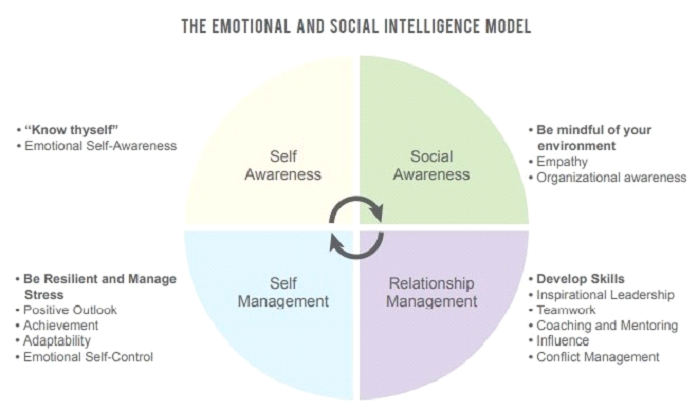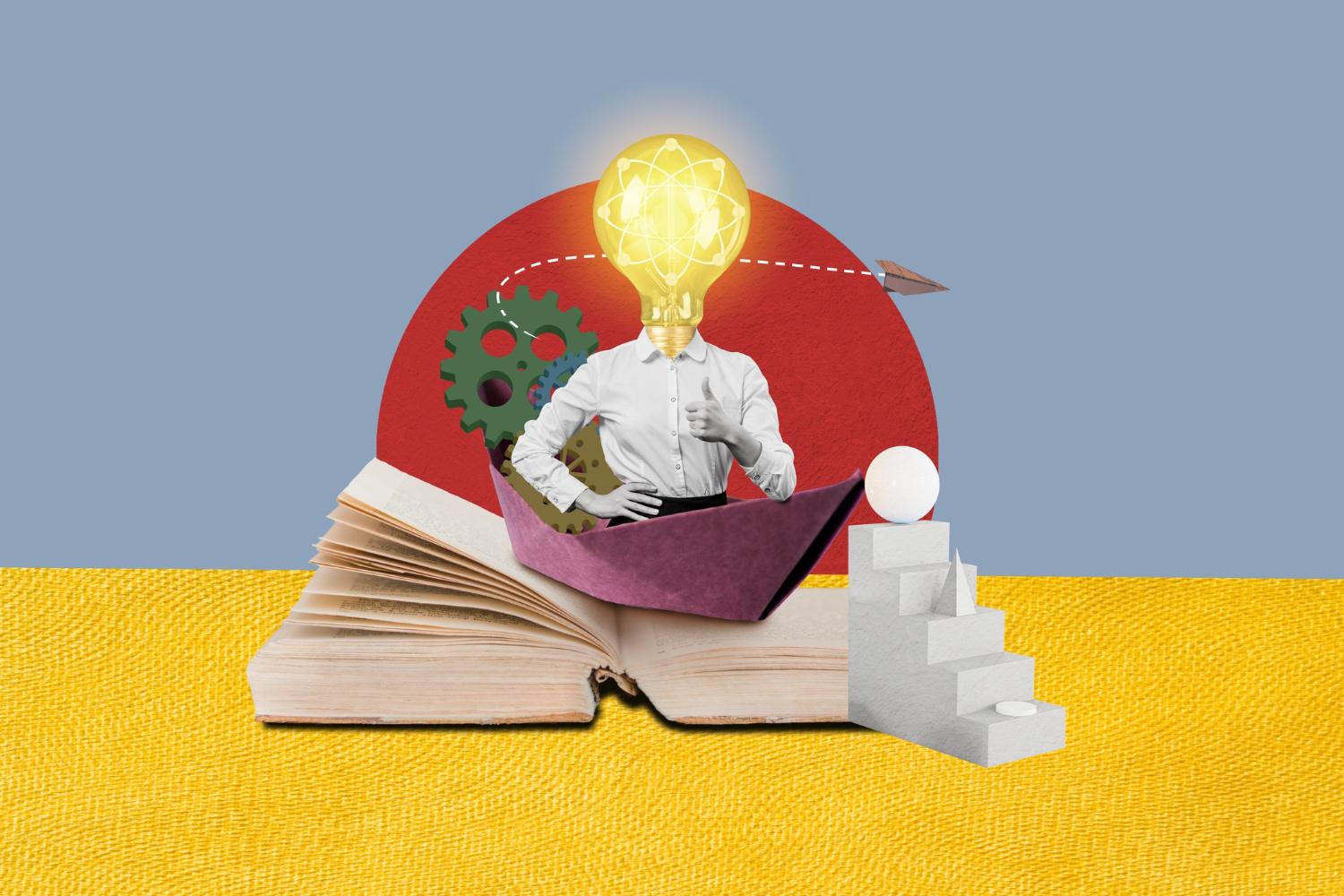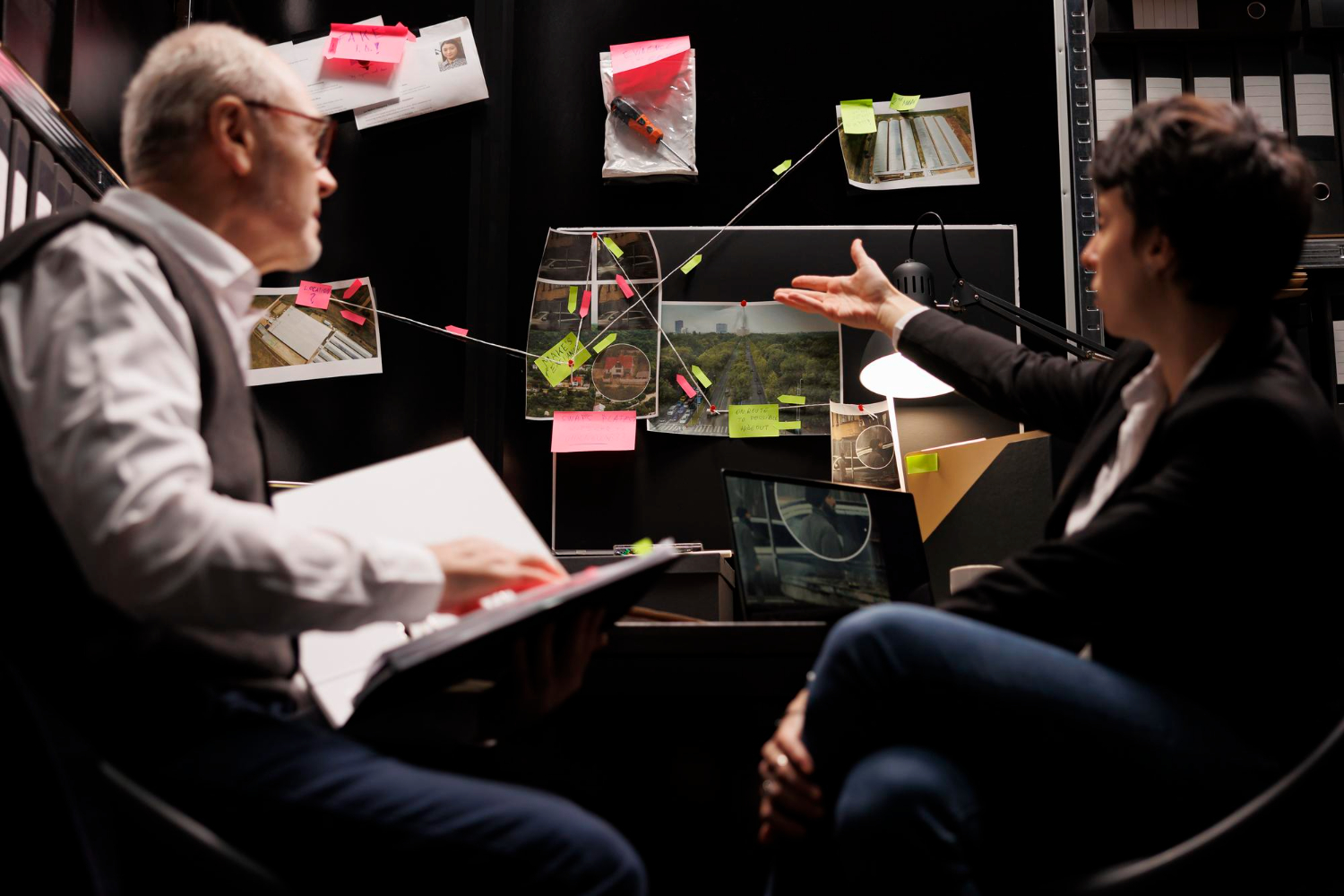In a world where unpredictability has become the norm, situational awareness is no longer a concept reserved for the military, pilots, or emergency responders. It has emerged as a critical skill that shapes how individuals navigate modern daily life. Whether crossing a busy intersection, managing a demanding workplace, or interpreting the nuances of social situations, situational awareness empowers people to perceive, comprehend, and predict their environment’s dynamics.
The Three Levels of Situational Awareness
At its core, situational awareness is about more than just observation. It’s the practice of understanding the context of what you see, hear, and sense in your surroundings and anticipating what might come next. This skill progresses through three key stages:
- Perception: Recognizing environmental elements and events.
- Comprehension: Processing and evaluating the significance of those observations.
- Projection: Anticipating future events based on the current situation.
This progression is what makes situational awareness so powerful in daily scenarios.
Modern Distractions: The Enemy of Awareness
According to statistics there’s Key Workplace Distractions:
- Most US workers (79%) get distracted within an hour, and nearly 6 in 10 (59%) can’t focus for even 30 minutes without getting sidetracked.
- 92% of employers see lost focus as a major organizational problem.
- 60% of employees say they are more productive when they work remotely.
- 72% of workers say they turn off their cameras during a video meeting to hide what they are doing.
- Over 70% of US employees cite interruptions from colleagues as the top distraction preventing them from completing tasks.
- 92% of employees consider meetings to be “costly and unproductive.”
- Colleagues’ chatter (41%) is the top workplace distraction.
- The average worker checks their email 36 times an hour and takes 16 minutes to refocus after handling a new email.
- 36% of Millennials and Gen Z admit to spending two hours or more checking their smartphones at work.
- Meetings are among the most apparent examples of losing productivity.
- 15% of employees struggle with missed deadlines due to workplace distractions.
- Workplace distractions cost Australian workers 600 hours/year in lost productivity.
- Businesses across America lose upwards of $650 billion annually due to distracted employees during work hours.
- 43% of employers use software to curb digital distractions.
In today’s hyper-connected world, one of the greatest threats to situational awareness is distraction. The constant stream of notifications, emails, and social media updates fragments attention and reduces the brain’s capacity to process environmental cues effectively. Cultivating strong situational awareness requires deliberate mindfulness—being fully present and minimizing cognitive distractions.
Situational Awareness on the Road: A Life-Saving Skill
Driving provides a clear example of how situational awareness can save lives. Defensive driving relies heavily on a driver’s ability to maintain high situational awareness—monitoring other vehicles, anticipating hazards, and adapting to changing conditions. Distracted driving, a leading cause of accidents, highlights the dangerous consequences when situational awareness lapses.
The Role of Situational Awareness in the Workplace
Workplaces benefit enormously from fostering a culture that emphasizes situational awareness. This vital skill not only enhances safety but also promotes efficiency, teamwork, and proactive decision-making across a wide range of industries.
Enhancing Safety and Risk Management
In high-risk industries like healthcare, construction, manufacturing, and logistics, situational awareness is paramount. Employees who can recognize potential hazards or subtle changes in their environment are better equipped to prevent accidents and costly errors. For example, a nurse noticing early signs of patient distress or a construction worker identifying an unstable structure can intervene before a minor issue escalates into a serious incident. By maintaining continuous awareness, workers contribute to a safer workplace for everyone.
Improving Team Dynamics and Coordination
Situational awareness significantly improves how teams function together. When employees are attuned to their surroundings and each other’s roles, they can anticipate needs, avoid misunderstandings, and coordinate more effectively. This is especially important in fast-paced or high-pressure environments, such as emergency response teams or customer service departments. For instance, a customer service representative who notices a colleague struggling with a difficult client can step in to assist, ensuring a seamless customer experience.
Boosting Efficiency and Decision-Making
Beyond safety and teamwork, situational awareness enhances operational efficiency. Employees who are aware of their tasks, potential bottlenecks, and the broader workflow can make quicker, more informed decisions. This proactive mindset reduces downtime and increases productivity. In dynamic settings like warehouses or IT operations centers, situational awareness helps staff quickly adapt to changing demands, keeping processes running smoothly.
Cultivating a Proactive Workplace Culture
Organizations that prioritize situational awareness foster a proactive culture where employees feel empowered to take initiative. Training programs, regular safety briefings, and encouraging open communication are effective ways to strengthen situational awareness across the workforce. As employees become more observant and responsive, the entire organization benefits from improved resilience and agility.
Social Intelligence and Situational Awareness

Situational awareness extends beyond physical safety and workplace performance. It plays a profound role in social intelligence. Understanding non-verbal cues, emotional undertones, and the social context of interactions allows individuals to navigate relationships with empathy and foresight.
Teaching Situational Awareness to the Next Generation
Children and adolescents face unique challenges in developing situational awareness. The allure of screens and digital media can limit real-world engagement. Parents and educators can help by promoting activities that require focus and adaptability and by modeling attentive behavior themselves.
Technology: A Double-Edged Sword
In today’s fast-paced world, technology serves as both a boon and a potential hazard when it comes to maintaining attentiveness and understanding one’s environment. While it offers countless tools to keep us informed and protected, it can also become a source of distraction if not managed wisely.
The Risk of Cognitive Overload
Smartphones, tablets, and a constant influx of notifications can overwhelm our senses. This cognitive overload can diminish our ability to notice important details or react promptly to changes in our surroundings. Excessive reliance on digital information streams may cause individuals to miss subtle but critical cues, increasing the risk of errors or accidents in high-stakes environments such as driving, healthcare, or industrial work.
Enhancing Human Perception with Innovation
On the other hand, when thoughtfully integrated into daily routines, technology can significantly sharpen our environmental awareness. Innovations like wearable safety devices, proximity sensors, and intelligent alert systems provide real-time information that enhances a person’s ability to interpret and respond to their surroundings. For example, in construction or logistics, wearable tech can alert workers to hazards, reducing injury risks and promoting safer decision-making.
Striking the Right Balance
The challenge lies in using technology as a supportive tool rather than a substitute for human judgment. Organizations and individuals must be selective about the tools they adopt, ensuring that these solutions aid focus and decision-making without becoming a crutch. Regular training and mindfulness practices can also help maintain the essential human skills that technology aims to augment.
Public Spaces and Community Safety
In public spaces, situational awareness promotes personal safety and collective security. Being alert to unusual behavior or environmental hazards can prevent incidents and assist authorities in maintaining order. This balanced, vigilant mindset fosters community well-being without promoting fear or paranoia.
Strengthening Situational Awareness Through Practice
The modern lifestyle, with its multitasking demands, can erode the natural human capacity for situational awareness. Practices like mindfulness meditation, deliberate observation exercises, and digital detoxes can help retrain the brain to slow down, focus, and process information effectively.
A Dynamic, Evolving Competency
Ultimately, situational awareness is not a static or innate skill—it is a dynamic competency that continually evolves. Unlike basic tasks that can be mastered and then set aside, situational awareness requires ongoing development. Each new environment, challenge, and experience contributes to its growth. From an employee adapting to a new role, to a seasoned professional navigating complex, high-pressure scenarios, the ability to perceive, process, and respond to situational cues improves over time with practice and reflection.
When individuals actively engage in developing this competency, they find that it becomes less of a conscious effort and more of an instinctive process. This intuitive grasp of surroundings and potential changes comes only after repeated exposure to diverse contexts and challenges. In many ways, situational awareness grows parallel to a person’s professional and personal development, enriching both areas.
Adapting to New Contexts and Environments
Every environment presents distinct cues, rhythms, and potential risks. What is considered an early warning sign in one industry might be completely irrelevant in another. For instance, a healthcare worker’s situational awareness may focus on patient vital signs and subtle behavioral changes, while a construction worker must monitor physical hazards and team coordination. Even within the same field, moving from one workplace to another can demand a recalibration of perceptual skills.
Adaptability is key. Those who excel at situational awareness don’t apply a rigid formula across all situations. Instead, they develop the flexibility to adjust their perceptual and decision-making strategies according to the current environment. This often involves staying updated on industry trends, participating in ongoing training, and learning from both successes and failures.
Moreover, the social and technological landscapes are in constant flux. The rise of remote work, new communication platforms, and automation tools has changed the cues people rely on to maintain awareness. Professionals must now integrate not only physical observations but also virtual and digital indicators into their situational assessments.
Benefits of Cultivating Situational Awareness
The benefits of enhancing situational awareness extend beyond improved personal performance—they impact team dynamics, workplace safety, and organizational success. Individuals who invest time and effort into developing this skill often report:
- Heightened confidence: With a clear understanding of their environment and the ability to predict potential outcomes, individuals feel more assured in their actions and decisions.
- Quicker reaction times: Awareness of surroundings and emerging risks allows for swift, decisive action when unexpected challenges arise, reducing the likelihood of costly or dangerous mistakes.
- Improved decision-making under pressure: High-pressure situations require fast, yet thoughtful, responses. A well-developed sense of situational awareness helps people assess complex scenarios rapidly and choose the most effective course of action.
- Better team collaboration: Teams comprised of individuals with strong situational awareness tend to communicate more effectively, anticipate each other’s needs, and coordinate seamlessly, leading to increased productivity and morale.
A Lifelong Journey of Learning and Growth

It’s important to recognize that cultivating situational awareness is not a one-time achievement—it is a continuous, lifelong journey. As people progress through different life stages and professional roles, the nature of the risks, opportunities, and decisions they face will evolve. So too must their awareness skills.
Commitment to lifelong learning plays a critical role. Professionals who prioritize growth regularly seek feedback, engage in scenario-based training, and remain curious about how their environments are changing. They understand that complacency can lead to blind spots, while curiosity sharpens perception.
Leaders can further foster this evolution by promoting a workplace culture that values situational awareness. Encouraging open communication, supporting continuous education, and recognizing individuals who demonstrate strong awareness can inspire entire teams to adopt a more mindful and proactive approach.
The Competitive Edge
In today’s fast-paced, unpredictable world, situational awareness offers a distinct competitive edge. Whether navigating the complexities of a corporate boardroom, a healthcare emergency, or a fast-moving industrial site, individuals and organizations who master this competency are better equipped to handle challenges, seize opportunities, and drive success.
By continuously honing this vital skill, people position themselves not only as competent professionals but also as adaptable leaders capable of thriving in any environment.
Ultimately, situational awareness is not a static skill. It evolves with new contexts and experiences. People who cultivate situational awareness report heightened confidence, quicker reaction times, and improved decision-making under pressure.
The Essential Role of Situational Awareness in Modern Life
The power of situational awareness in modern daily life cannot be overstated. It bridges perception and action, equips individuals to handle the expected and unforeseen alike, and fosters safer, smarter, and more intentional living. In a complex world, situational awareness is not just an advantage—it is a necessity.
As society evolves, the ability to remain aware, comprehend the present, and anticipate the future will distinguish adaptable individuals from those vulnerable to distraction and unpredictability.
Conclusion
In every aspect of modern daily life, from navigating crowded streets to managing professional responsibilities and nurturing social relationships, situational awareness proves to be an invaluable asset. It empowers individuals to perceive their environment accurately, interpret its significance, and anticipate future developments. As technology accelerates and distractions multiply, the ability to maintain sharp situational awareness becomes not just beneficial but essential for safety, success, and emotional intelligence.
Andrea Balint is a writer and researcher focused on human behavior, workplace psychology, and personal growth. Through her work at CareersMomentum, she explores how mindset, leadership, and emotional intelligence shape modern careers. With a background in communication and HR development, she transforms complex ideas into practical insights that help readers build clarity, confidence, and professional purpose.
